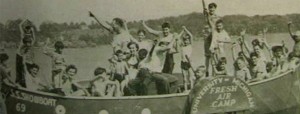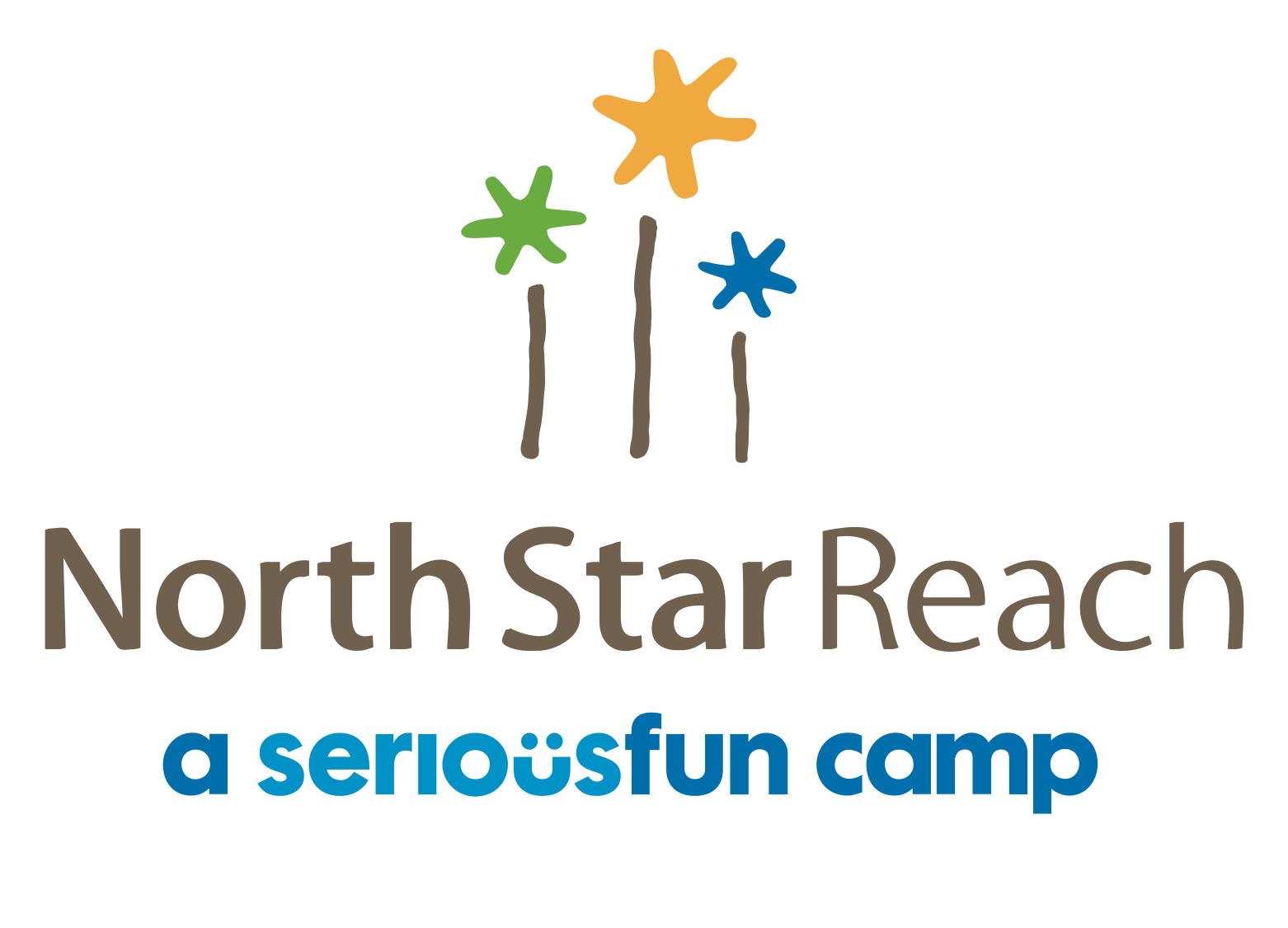We’ve Always Known Fresh Air is Good
The Fresh Air Camp was started in 1921 by the University of Michigan Students’ Christian Association (SCA) to provide outdoor experiences and contact with nature to underprivileged urban boys. Common recreational activities at camp included nature study, swimming and boating.
The camp was held in different locations until 1923, when the Livingston County property was purchased by Marvin A. Ives and Harry B. Earhart to create the Virginia R. Ives Memorial Camp Association, to be operated by the SCA. The location provided a beautiful setting for a camp. The property contains a mix of woodlands, wetlands, and open areas and provided opportunities for a variety of outdoor recreational activities including hiking, swimming, boating, fishing, nature study and open field sports. Construction began on a dining hall in 1924 and tents were used for several seasons until funds were available to build the first cabin in 1927. A total of sixteen cabins were onsite by 1935 and a main lodge with five stone fireplaces was completed in 1936 but destroyed by fire in 1972. A tree that was saved during the construction of the lodge survived the fire and still grows on the property, to mark the location of the old lodge.
 The former health cottage was built by the Galens Medical Society in 1939 to provide medical care to the campers. The Fresh Air Camp property was donated to the University of Michigan in 1944. The Institute for Human Adjustment and later the School of Education operated the camp for troubled boys and offered training to graduate students in psychology, nursing and special education. Women counselors were first allowed in the early 1940s. The focus of the camp turned to children with disabilities in the 1970s.
The former health cottage was built by the Galens Medical Society in 1939 to provide medical care to the campers. The Fresh Air Camp property was donated to the University of Michigan in 1944. The Institute for Human Adjustment and later the School of Education operated the camp for troubled boys and offered training to graduate students in psychology, nursing and special education. Women counselors were first allowed in the early 1940s. The focus of the camp turned to children with disabilities in the 1970s.
By 1980, lack of funding ended the camp program and responsibility for the site was transferred to the University of Michigan Plant Operations. During the 1980s and 1990s, the site was used for retreats and professional development programs, and responsibility for the camp was transferred to the College of Literature, Science, and the Arts in 1999, which used the property for classes and research.
Then, in 2005, North Star Reach Founder Doug Armstrong learned that The University of Michigan was about to sell the land. At the time, he was a nurse and clinical research director for the UM Transplant Center. For one week each summer, starting in 1998, he and his nursing colleagues had taken groups of young organ transplant recipients to a weeklong sleep away camp. The location of the camp changed over the years as the number of participants grew but often these rented facilities were located hours from Ann Arbor. That meant every summer Armstrong and his team undertook the arduous task of packing up of trailers of hospital equipment, medical supplies, and camp gear.
While situated in beautiful locations, the remote camps posed challenges when children required advanced medical care, as the sites were far from fully equipped medical centers. When Armstrong saw an opportunity to locate a new summer camp for children with serious health challenges on the old Fresh Air Camp land, the dream of North Star Reach was born. The University of Michigan entered into a long-term lease of the land with North Star Reach in 2011.
To learn more about the history of Fresh Air Camp, read James Tobin’s March 2019 article in Michigan Today. And enjoy the “100 Years of Camp History” video below.
